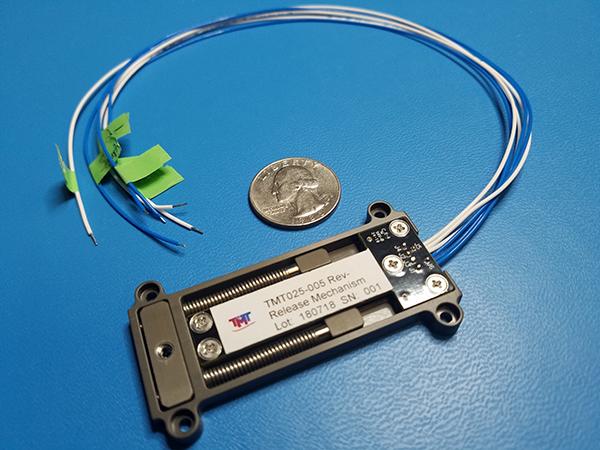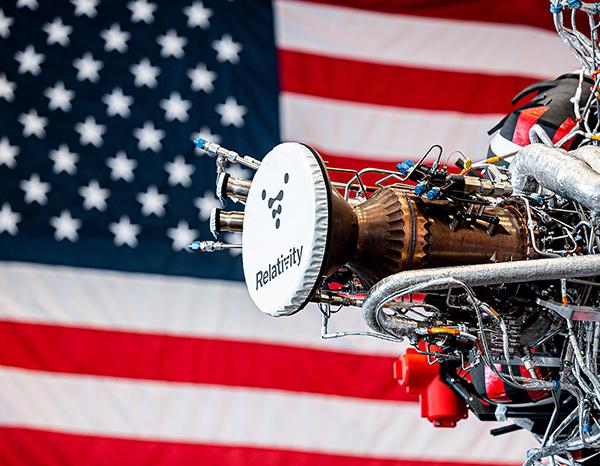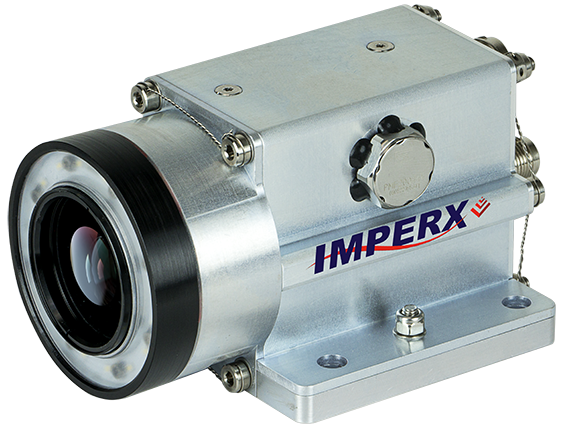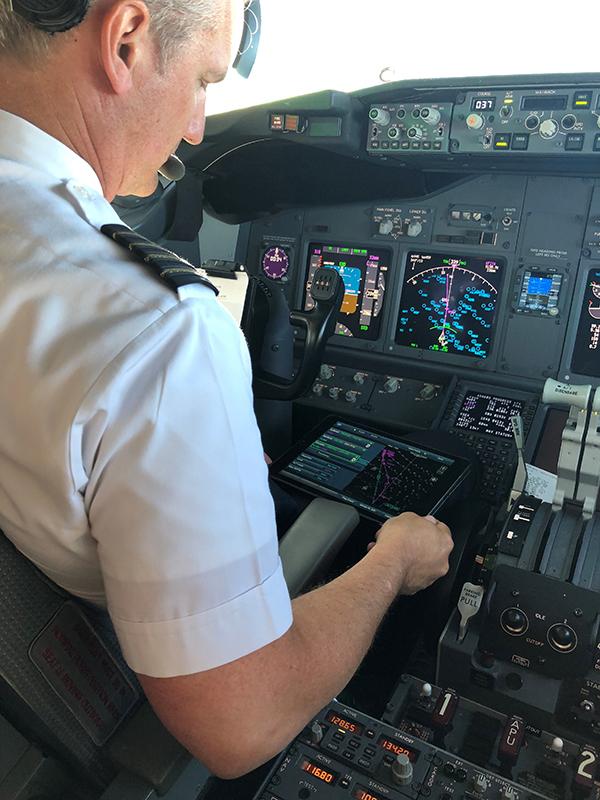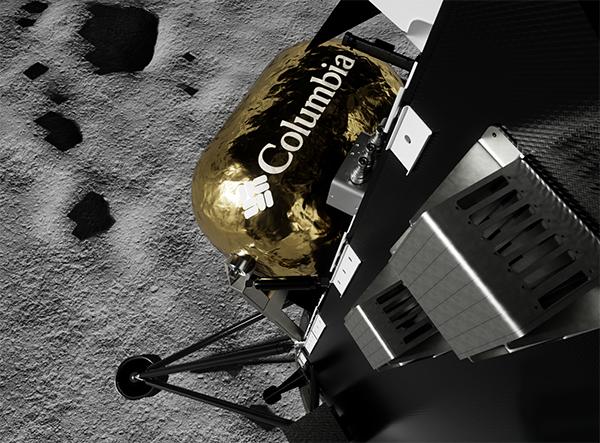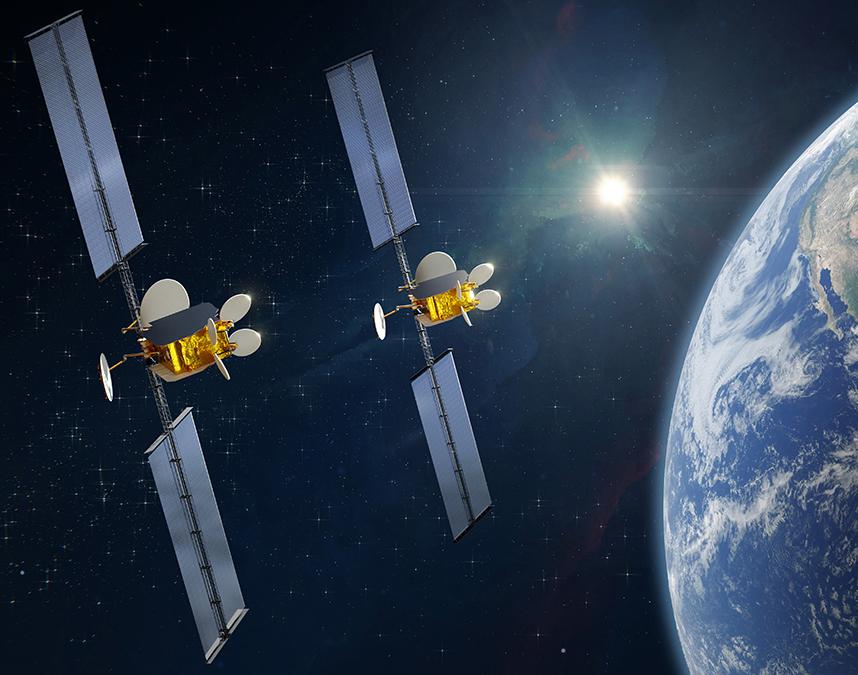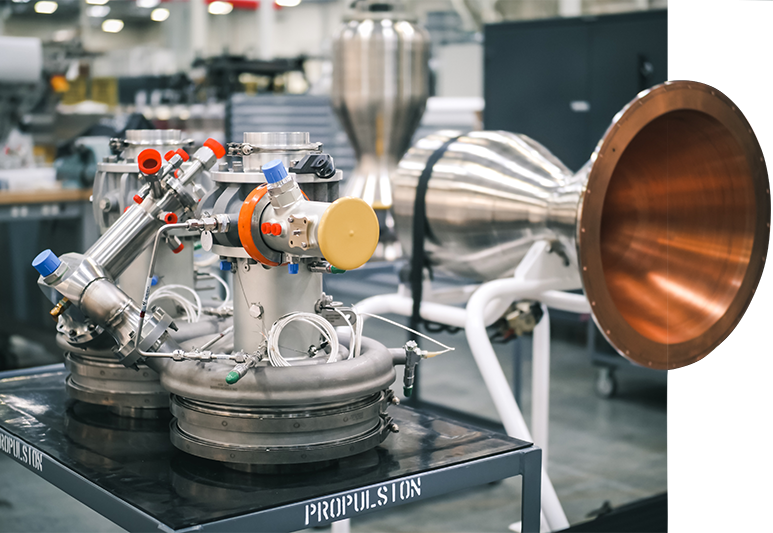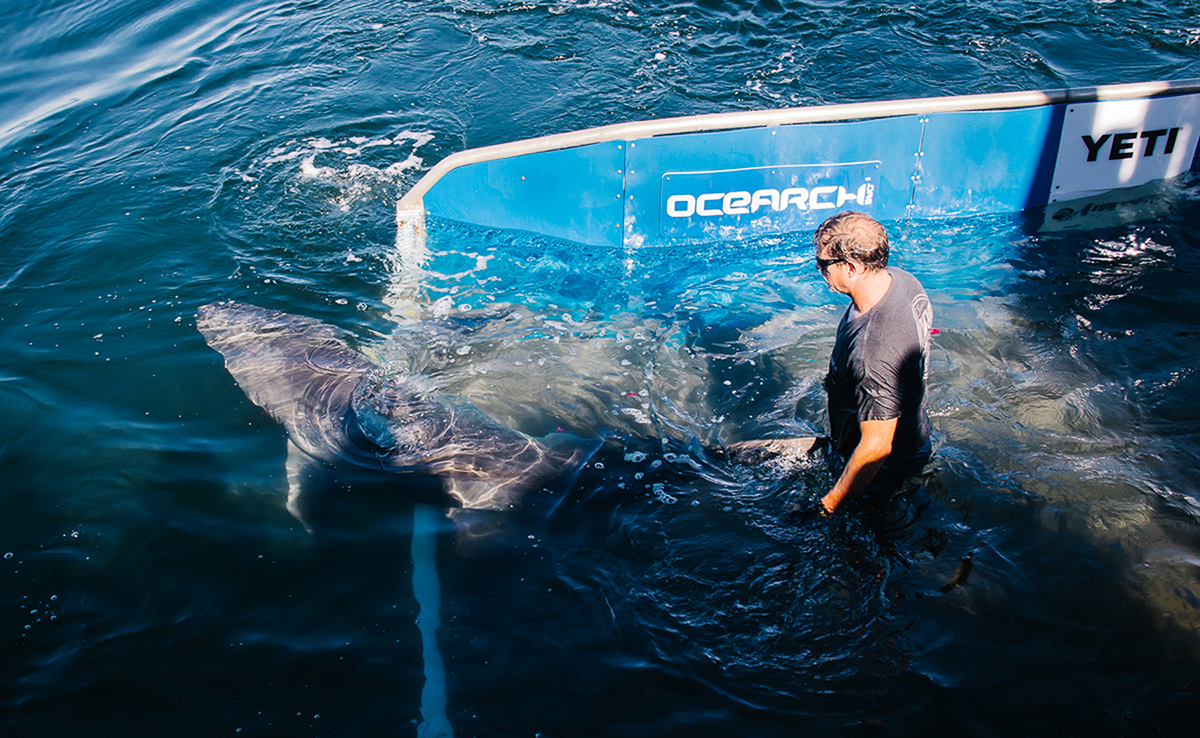
From Shark Searches to Space Tours
Subheadline
Experience gained with NASA helps one company engineer a variety of aviation resources
Searching for sharks, even close to shore, means finding moving targets in vast stretches of ocean. Yet OCEARCH overcame those long odds to find and tag its first mature male great white shark off the East Coast, supported by NASA know-how. In a three-week search in 2016, the global nonprofit located a total of five sharks with the help of a plane specially outfitted by Aurora Flight Sciences, a Boeing company.
The twin engine plane, called Centaur, is a conventional small aircraft retrofitted with an electromechanical device that adds drone technology to automate the control system and fly the plane remotely, with or without a pilot on board. Some of the knowledge required to develop the system, along with the onboard sensors that helped spot and track the sharks, including a notoriously elusive male, leveraged experience Aurora gained under dozens of NASA Small Business Innovation Research (SBIR) and Small Business Technology Transfer projects.
Unlike smaller drones, Aurora’s Centaur can execute long-duration flights. One customer conducted air sampling, and a researcher used it as part of a study of variations in Earth’s gravity. The robotic plane was able to fly exact flight patterns difficult for humans to replicate, allowing the researcher’s sensors to make the very precise measurements.
Over the course of more than 30 years, Manassas, Virginia-based Aurora has worked with nearly every NASA center on a multitude of SBIR projects, including battery charging, software applications, numerous sensors, and a variety of hardware for drones. Working with the agency on an experimental airliner concept also expanded the company’s access to NASA’s aeronautics expertise.
“NASA had a big role in helping create Aurora,” said Clint Church, chief engineer for the company. “We learned how to design and build small and large aircraft to meet NASA requirements. As a result, our design process evolved as Aurora grew over 30 years.” In addition to its four U.S. facilities, in 2013 the company established Aurora Swiss Aerospace, a drone engineering team that grew to include commercial aircraft. Aurora now employs nearly 1,000 people worldwide, about 500 of whom are engineers.
And it all started with drones.
Virgin Galactic Onboard
Founded in the 1980s, Aurora initially worked primarily on NASA, military, and other government projects, developing a variety of technologies for remotely piloted vehicles. NASA’s Urban Air Mobility project, exploring the use of remotely piloted and autonomous vehicles in urban airspace, provided further opportunities for the company to work with NASA on developing this technology.
Aurora’s first sales to commercial companies came from a novel approach to manufacturing lightweight composite parts for drones (Spinoff 2010). That side of the business continues to grow, expanding into commercial aviation. Gulfstream is now a customer, with the business jet manufacturer purchasing components fabricated in Aurora’s factory in Mississippi.
The company also offers commercial services, including engineering, rapid prototyping, and flight testing, to a host of aeronautic customers. Church credits NASA’s feedback and open communication with small businesses for helping Aurora expand on and continually to develop a nimble approach to these services. The flight industry is taking notice.
In 2022, Virgin Galactic hired Aurora to design and build the next carrier aircraft to take its space tourism vehicles up to launch altitude. This new kind of flight has unique requirements that a conventional plane can’t meet, and Brent Cobleigh, project manager with NASA’s Armstrong Flight Research Center in Edwards, California, believes Aurora can create a viable solution.
Cobleigh served as Aurora’s point of contact with NASA during the design process for developing of an agency experimental airliner concept. He said the team’s enthusiasm for exploring suggestions, dropping elements that didn’t work, and quickly designing new iterations made it possible for NASA engineers to review and provide feedback on various aspects of the fuselage design.
“They learned a lot about our airworthiness process – how to develop an airplane that has a high level of safety and is robust enough to handle disturbances,” said Cobleigh. Describing the company as “very quick, very adaptable,” he said Aurora had carved out a niche rapidly prototyping advanced concepts for a reasonable cost.
Building a Better Drone
The majority of Aurora’s commercial customers are in the drone industry or use remotely piloted vehicles in their work. The company offers testing services to support commercial customers in their effort to develop and improve flight hardware.
Innovation continues in-house as well. An example is SKIRON-X, an uncrewed vertical takeoff and landing vehicle the company designed and now sells for Earth observation. The lift rotors simplify takeoff and landing by eliminating the need for a runway. The fixed-wing design allows for long-range flight, making it ideal for relaying communications between remote locations over rough terrain or to augment emergency services communication.
SKIRON-X’s long-distance flight capability allows it to fly beyond the operator’s line of sight (with a permit) for Earth-observation activities such as research and firefighting. Bridger Aerospace acquired two of these vehicles to augment its current firefighting fleet. Both will be deployed during the 2023 wildfire season to provide aerial information about the state of a fire, the direction it’s moving, the status of the nearby area, and other data. All of this makes it possible to better deploy resources and inform firefighting strategy.
The company has plans to improve SKIRON-X.
“The industry is always seeking to try new things, so we will continue to pursue our charter, which is to advance the future of flight,” said Church.
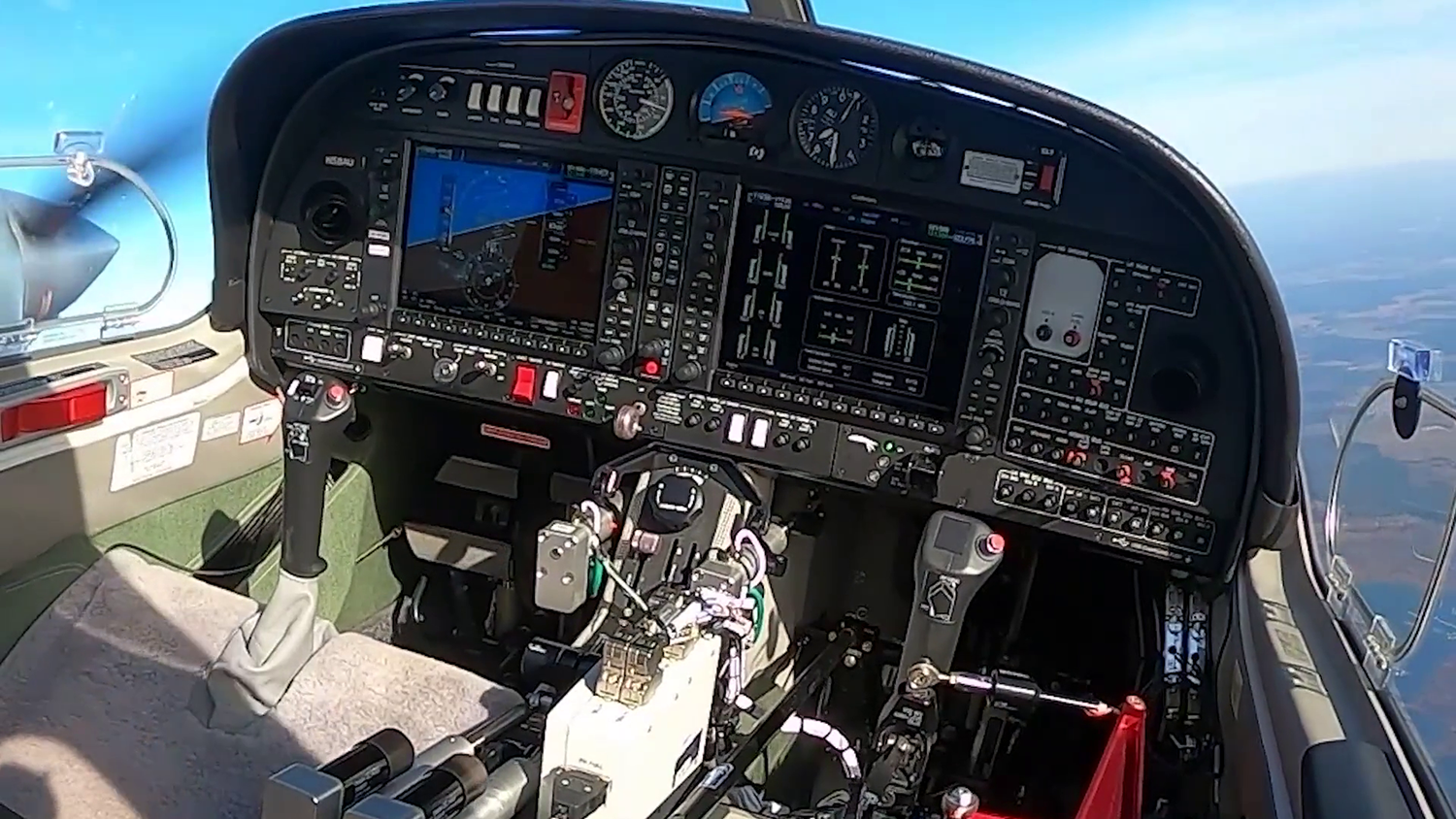
One seat for a human pilot on a small aircraft can be replaced with a system (right seat) that makes it possible to remotely pilot the plane, just like a drone. Aurora Flight Sciences incorporated NASA expertise gained with SBIR contracts to create the optionally piloted aircraft called Centaur. Credit: Aurora Flight Sciences

Using a remotely piloted plane that employs technology Aurora Flight Sciences developed for NASA projects, OCEARCH found and tagged its first mature male great white shark. Satellite-tagging George was an important milestone enabling scientists to track the overlapping locations of male and female sharks to find breeding areas. Credit: Alex Thomas/OCEARCH







